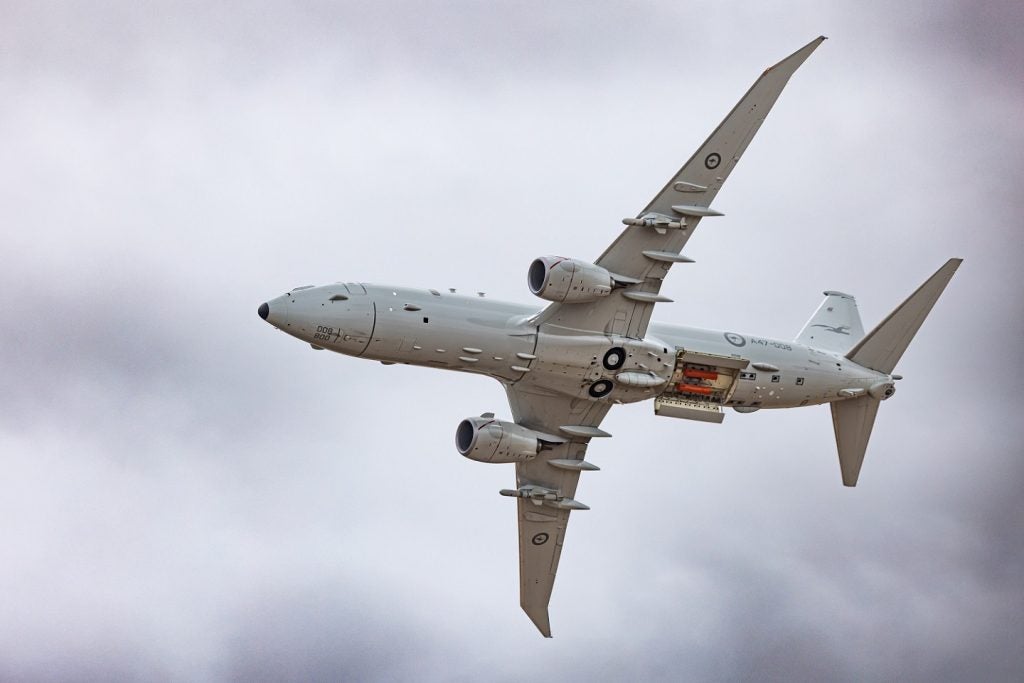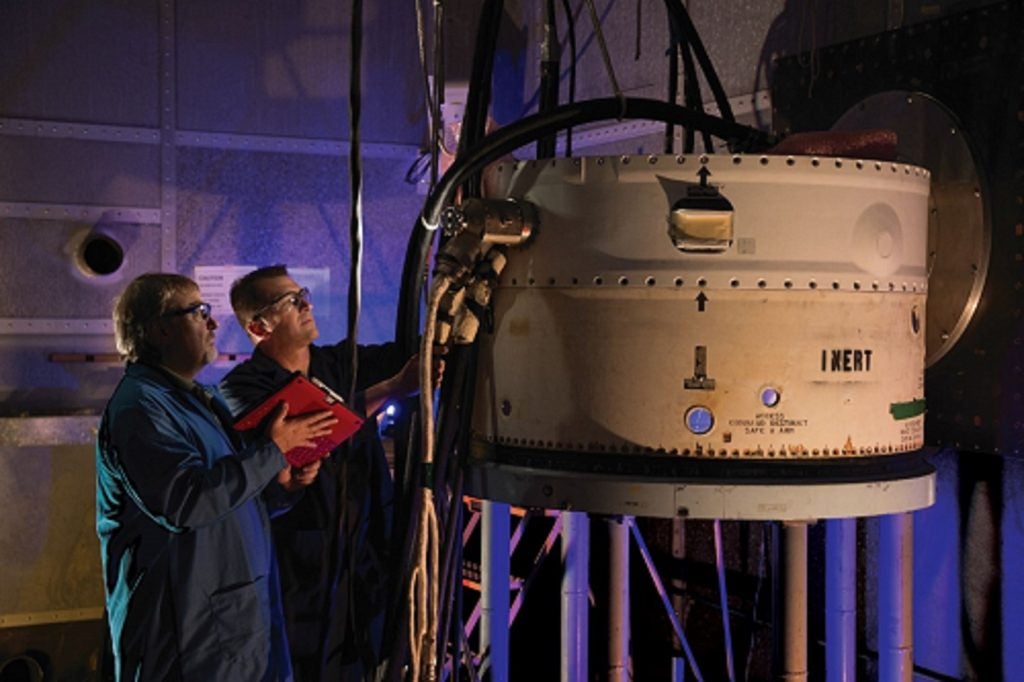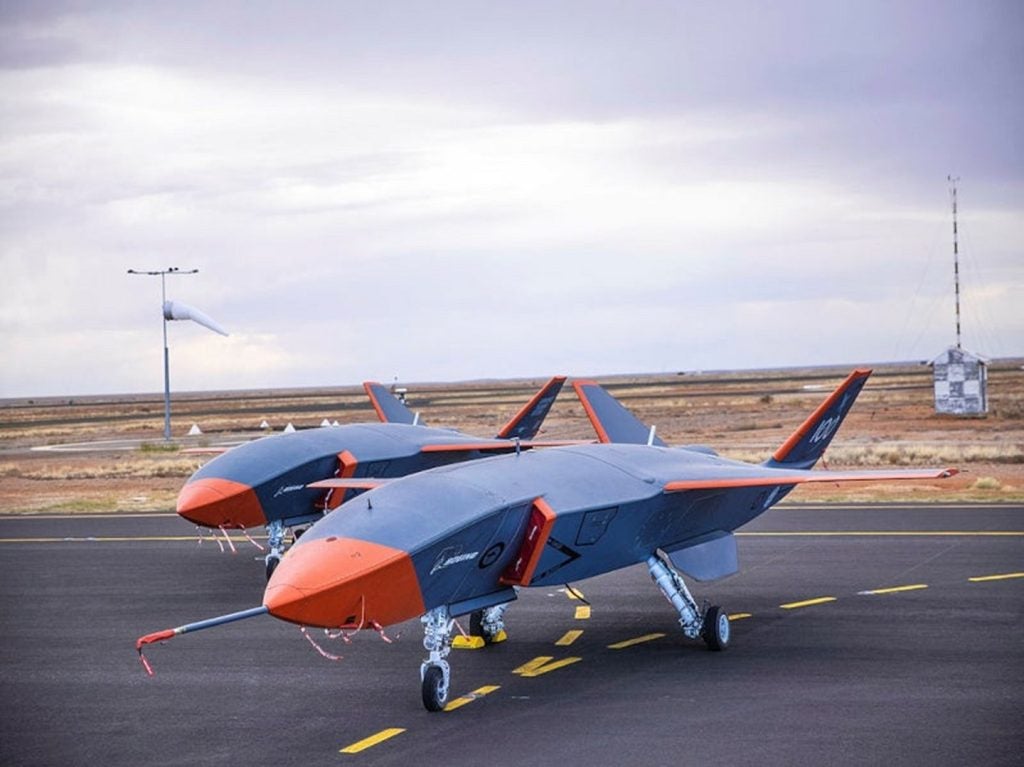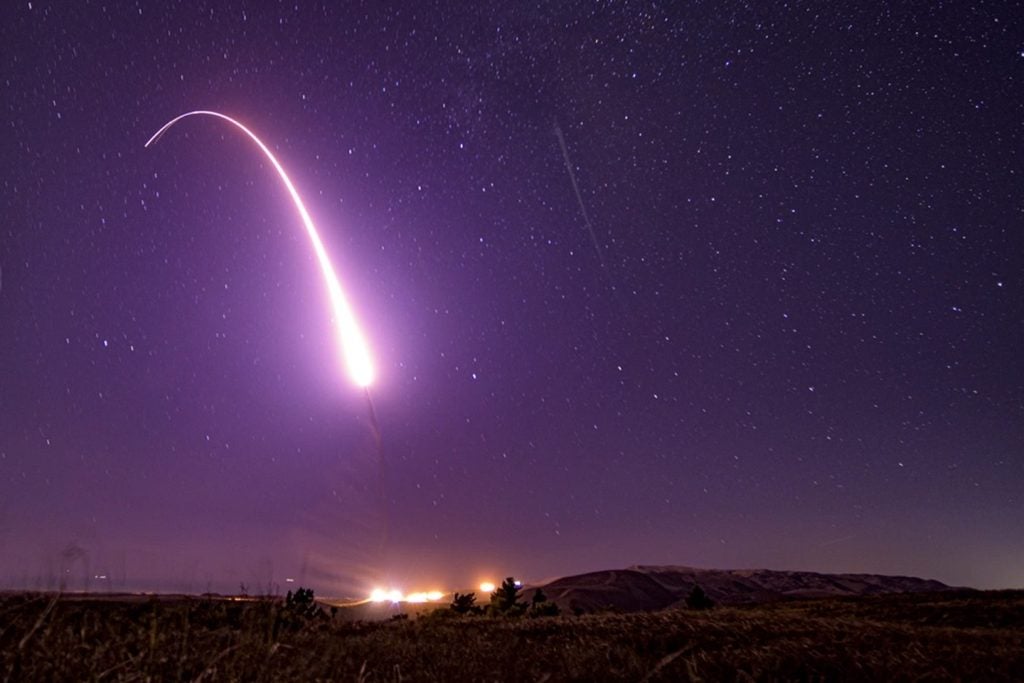For decades, Boeing was a marquee name in US military aircraft, with a CV that could boast the B-52, arguably the most successful programme in military aviation history.
Throughout the 1990s, Boeing remained a primary player in combat aircraft, but as its gloss became thinner it began to rely on strategic acquisitions that included the F-15 and F-18 via the McDonnell Douglas merger and the B-1B through its purchase of Rockwell.
But in recent years, Boeing has been slipping, as suggested in part by its declining stock price, which just fell below $60 a share for the first time since 2005. In fact, only in the cargo aircraft niche does the role of market leader fall to Boeing, which builds the C-17, the US Air Force’s (USAF) newest cargo plane.
And, for the next generation of combat aircraft, Boeing increasingly looks like a bit player. In the fighter segment, Lockheed Martin makes the F-35 and Northrop Grumman builds the F-22. In the bomber segment, Northrop Grumman builds the B-2 Spirit, and the USAF has not formalised a mandate for a next-generation bomber. Although Boeing gained a reprieve with Defense Secretary Gates’s cancellation of the current KC-X competition, Boeing is now effectively the challenger in the tanker segment, as the Northrop / EADS KC-45 would probably have won the rebid following Boeing’s protest.
What’s a company to do?
One way to recover leadership is to innovate more intensively in your core market, which means bringing enhanced versions of technology to your existing customers faster than your competitors. To the air force, however, Boeing is apparently not the technological revolutionary of choice, as suggested by LockMart’s and Northrop’s dominance of the stealth niche.
How well do you really know your competitors?
Access the most comprehensive Company Profiles on the market, powered by GlobalData. Save hours of research. Gain competitive edge.

Thank you!
Your download email will arrive shortly
Not ready to buy yet? Download a free sample
We are confident about the unique quality of our Company Profiles. However, we want you to make the most beneficial decision for your business, so we offer a free sample that you can download by submitting the below form
By GlobalDataA related pathway back to leadership is to leapfrog into the next generation of technology, such as unmanned aerial vehicles (UAVs). In terms of the larger air force systems, however, Boeing again lags LockMart, which co-produces the Predator, and Northrop, which builds the Global Hawk.
If technological leadership isn’t happening, another way to regain industry pre-eminence is to diversify your customer base. Whether by design or default, Boeing has done better in this regard, retaining or capturing important rotary and fixed-wing aircraft mandates from the USAF’s sister services. In particular, Boeing is designing the P8 Poseidon, the next-generation antisubmarine aircraft, for the US Navy.
Ironically, Boeing’s attempts at leapfrogging its competitors with radical technology have been most successful outside the air force segment. In land weaponry, Boeing is one of two prime contractors for the US Army’s future combat systems and as such, it is responsible for programme-wide integration in a project that is truly a system of systems.
In the naval market, Boeing produces the long-term mine reconnaissance system, an unmanned underwater vehicle that has a significant role in the Navy’s conception of 21st century maritime warfare.
Future strategies
Nevertheless, the question remains as to whether Boeing can get back into the procurement ballgame for tomorrow’s combat aviation systems. Given the increasing ability of UAVs to perform even autonomous combat tasks, the unmanned aircraft market is a natural target for Boeing.
It seems for now Boeing is using the corporate version of the old playground strategy: if you can’t beat ’em, buy ’em. In 2004, Boeing bought Frontier Systems, a specialist in unmanned helicopter technology, and this July, Boeing formally acquired Insitu, the originator of the Scan Eagle small UAV and a Boeing co-production partner since 2002.







